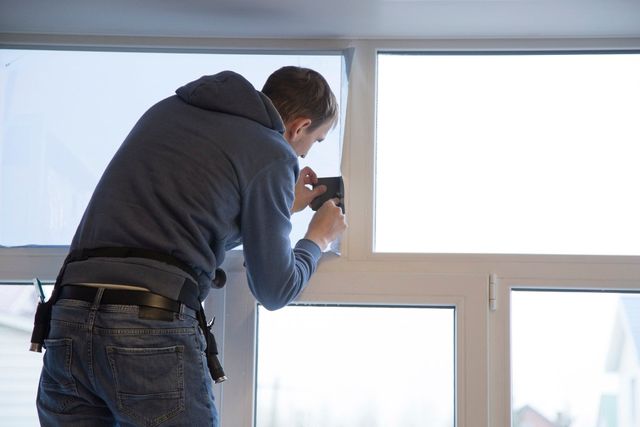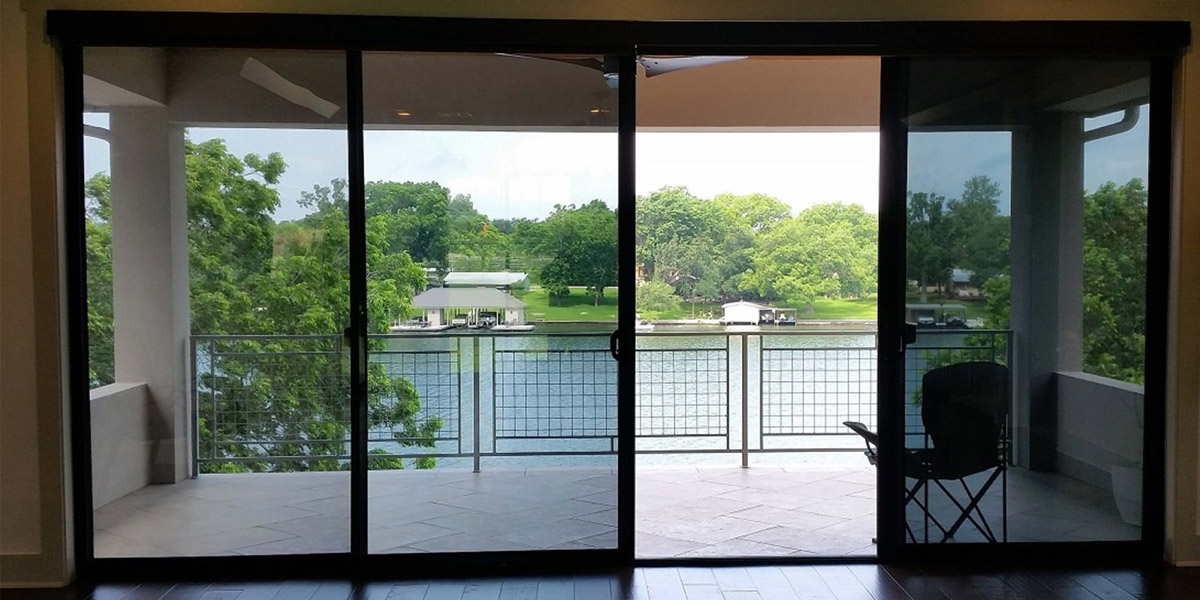Residential Window Tint: Shield Your Furniture from UV Damages
Residential Window Tint: Shield Your Furniture from UV Damages
Blog Article
How Residential Home Window Tinting Improves Your Home's Power Performance
Residential window tinting offers a compelling solution for property owners seeking to boost energy effectiveness within their living spaces. By using specialized movies to windows, it effectively minimizes heat transfer, therefore supporting interior temperatures and decreasing the need for too much heating or air conditioning. This not only cuts power usage however additionally offers an extra comfortable atmosphere by mitigating glow. However, recognizing the nuances of exactly how tinting jobs and selecting the ideal type for your home can be critical. Curiously, what factors should one think about prior to making this financial investment?
Recognizing Home Window Tinting
Recognizing window tinting is crucial for property owners seeking to improve both comfort and energy effectiveness in their living rooms. Residential Window Tint. Home window tinting entails the application of a slim movie to the inside or outside surface area of glass home windows. This movie can substantially regulate the amount of sunlight and warmth that enters a home, hence affecting indoor environment problems
There are numerous kinds of window tinting movies readily available, each with distinctive residential properties. Dyed films soak up solar power, while reflective films deflect it away from the glass surface area. Ceramic movies provide a balance of visibility and warmth denial, making them a popular selection among homeowners. The performance of home window tinting is commonly gauged by its Visible Light Transmission (VLT) portion, which suggests how much light can travel through the movie.
Benefits of Power Effectiveness
Window tinting not only improves aesthetic appeals but additionally plays a substantial duty in enhancing power effectiveness within residential areas. By lowering warm transfer via windows, colored films produce a much more stable interior environment, which can result in substantial decreases in power intake for cooling and heating. This power efficiency converts into lower energy bills, supplying home owners with considerable lasting financial savings.

Additionally, window tinting boosts the comfort of living areas. By lessening glow and blocking hazardous UV rays, colored windows produce a more pleasurable environment, which can bring about boosted wellness for occupants. The defense against UV rays likewise assists maintain furniture and flooring from fading, adding to the long life of house products.
Exactly How Tinting Functions
Tinting films run via a combination of innovative materials and modern technologies developed to manage the amount of solar energy entering a home. Largely composed of polyester, these movies typically integrate metal or ceramic bits that soak up and show heat. This double capacity permits them to significantly lower the infiltration of ultraviolet you could try this out (UV) rays and infrared radiation while allowing noticeable light to pass through.
The efficiency of home window tinting is gauged by its solar warm gain coefficient (SHGC), which indicates just how much solar energy is transmitted via the home window. Lower SHGC values are more suitable as they denote greater heat rejection. In addition, window tints can feature a range of tones, enabling home owners to tailor their aesthetic choices while boosting energy efficiency.
In addition, these movies work as a barrier, avoiding warm loss during chillier months by reflecting indoor warmth back right into the space. This thermal insulation result enhances the cooling advantages obtained during warmer months, contributing to a balanced indoor environment year-round. By taking care of solar power properly, property home window tinting not just boosts comfort however additionally plays an important function in lowering energy intake and reducing utility bills.
Picking the Right Color

There are various sorts of window movies available, consisting of colored, metalized, and ceramic. Colored films are affordable but may have limited toughness. Metalized movies offer much better heat denial yet can interfere with electronic signals. Ceramic films provide superb warm control without compromising exposure and are highly durable, making them a preferred option.
Noticeable light transmission (VLT) is another critical variable, as it shows the quantity of natural light that can go through the colored glass. Home owners ought to pick a color with a VLT that matches their lights choices while still giving adequate glow reduction.
Furthermore, assessing the solar warmth gain coefficient (SHGC) can assist determine just how well a tint can obstruct heat from sunlight. A look at this now reduced SHGC suggests better heat control, eventually improving energy performance.
Installation and Upkeep Tips
Proper installment and maintenance are crucial components in optimizing the advantages of domestic window tinting. To attain ideal results, it is advisable to hire a certified specialist for installment. This guarantees that the tint is applied properly, avoiding air bubbles, wrinkles, or imbalance that might endanger performance. Experts also make use of specialized strategies and tools, which can improve the durability and performance of the color.
Adhering to installation, upkeep is crucial to lengthen the life of the window film. It is advised to wait at the very least 30 days before cleansing the tinted home windows to enable the sticky to heal completely.
Resolving these problems immediately can stop additional damages and maintain power performance. By adhering to these installment and maintenance pointers, property owners can ensure their home window tinting continues to give significant power financial savings and convenience for years to come.
Verdict
In final thought, property home window tinting offers as an effective remedy for improving power efficiency within homes. By lowering heat transfer and blocking hazardous UV rays, window films contribute to lower power consumption and enhanced indoor convenience.
Window tinting involves the application of a thin movie to the interior or exterior surface area of glass home windows. By minimizing heat transfer via home windows, colored films develop an extra secure indoor climate, which can lead to significant decreases in power intake for heating and cooling.The efficiency of home window tinting is gauged by its solar warmth gain coefficient (SHGC), which indicates how link much solar energy is transferred via the home window. By taking care of solar energy successfully, household window tinting not only enhances convenience however additionally plays an essential role in reducing energy consumption and lowering utility expenses.
By decreasing warm transfer and blocking dangerous UV rays, home window films contribute to lower energy consumption and improved interior convenience.
Report this page